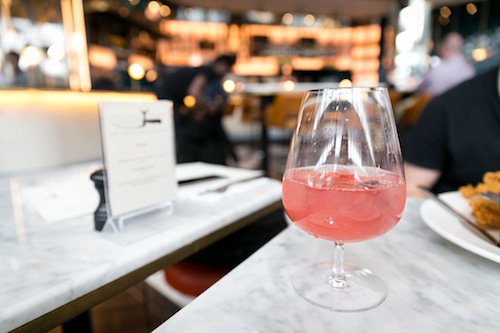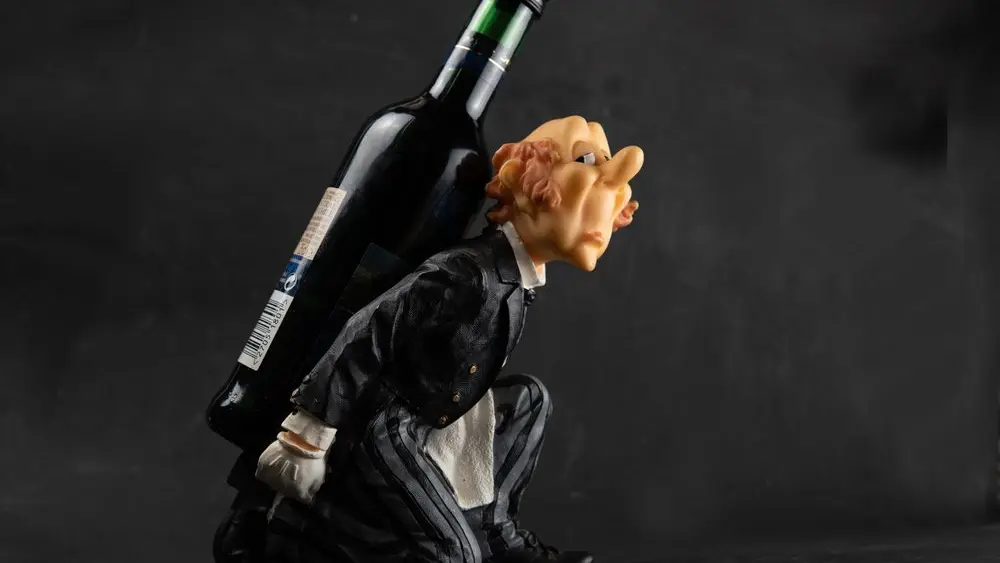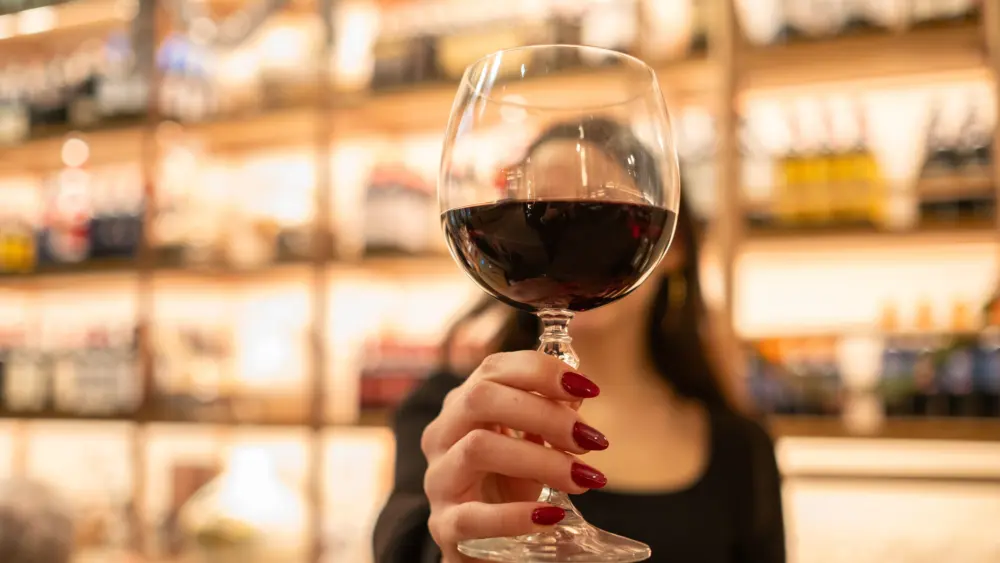There has been a recent uptick in the sale of non-alcoholic wines and beers, according to Global Market Insights. The estimates are that this trend will increase in the coming years, reaching a compound annual growth rate of 7.6 percent in 2024. If this is accurate, what in 2017 was a $16 billion global market could grow to more than $26 billion by 2024.
Why the sudden interest in non-alcoholic wine? Health, generational changes and alternatives.
In the mid-1970s there was a growing consensus that wine consumption had a beneficial impact on health. In particular, data showed that drinking lots of red wine, as they do in Spain, France and Italy, seemed to somehow negate the effect of eating diets high in saturated fats, such as red meat, cheese and eggs. The purported benefits seemed particularly directed at reductions in death due to coronary heart disease.
By the 1980s the evidence was “clear,” and wine became touted as what often sounded like a health elixir through what was deemed the “French paradox.” Fast forward to 2018. New data presented in the prestigious British medical journal the Lancet now report that earlier findings may have been a bit optimistic and that the risk of even one drink of alcohol per day has a slight negative impact on overall health outcomes. The study looked at more than 20 different diseases and their association with alcohol consumption. Results indicate that drinking one drink per day increases the risk of getting one of these conditions by 0.5 percent, two drinks by 7 percent and five drinks by 35 percent.
This study and its findings will no doubt be challenged because of its design limitations. But unlike the ’70s when there were rumblings about the health benefits of alcohol, today, nearly 50 years later, the rumblings are just the opposite. The effect is that the younger generations have a shifting view of consuming alcohol.
Generational changes
Millennials (born approximately between 1980 and 1995) are shifting away from higher-alcohol wines and embracing options that include lower alcohol, such as Rosé, Orange or Pétillant Naturel (Pét-Nat) styled wines. Generation Z (born approximately between 1995 and 2014), who will take over the most prominent wine-drinking position in the American population by about 2030, are taking that one step further by not only shifting away from higher-alcohol wines, but having less interest in wine altogether. According to research, the still very young Gen Zers expect to drink considerably less alcohol than older Americans.
And I can believe it. Have you ever spoken with someone in his or her early 20s about drinking? I have. One of our children is a Millennial and one is of the Gen Z cohort. They grew up in the vineyards, growing and making wine, as did their parents and grandparents. My wife and I allowed them to take sips of wine during our meals and taught them the basics of food-wine pairing. They worked in the vineyard and interned in the winery. Now, they’ve each graduated from college and are working in fields that have nothing to do with wine. And to get them to even have a glass of wine at dinner is a rare event. And that’s not all. They and their friends are all so healthy. They eat plant-based diets, work out and are aware of how much water they consume. Totally bizarre. I mean, when I was in my 20s I was focused on other areas of interest.
Baby Boomers are starting to drink less, too. Those of them who have historically been serious wine drinkers or collectors are now shifting their attention to drinking down their inventory at the same time they’ve shifted to less overall consumption.
More “relaxant” options
Beyond changing health perceptions and generational shifts, there are just more legal options to alter reality—with legalized cannabis, craft beer, hard ciders, spirits and even virtual-reality video games providing a host of alternatives to alcohol. And wine is not the only thing at risk here—there are those out there who are claiming that a shift away from alcohol may possibly reduce the demand for everything from meat to football, too.
The future is dim, but not blurry
As for me, I’ll probably stick to my evening habit of enjoying a nice glass (or two) of wine, even the occasional decadent Dry Creek Zinfandel or Napa Cabernet, but even I have found some of the lower-alcohol wines more alluring as of late. There will almost certainly be a continued market for higher-alcohol wines. However, times are changing and those businesses looking to the future may want to consider looking at producing lower, or even non-alcoholic alternatives to tap into this growing new market niche.
Author
-

Tim Carl lives, writes and teaches in Calistoga. He grew up in St. Helena and traces his Calistoga grape-growing roots back five generations. You can reach him at tcarl@northbaybiz.com.
View all posts




